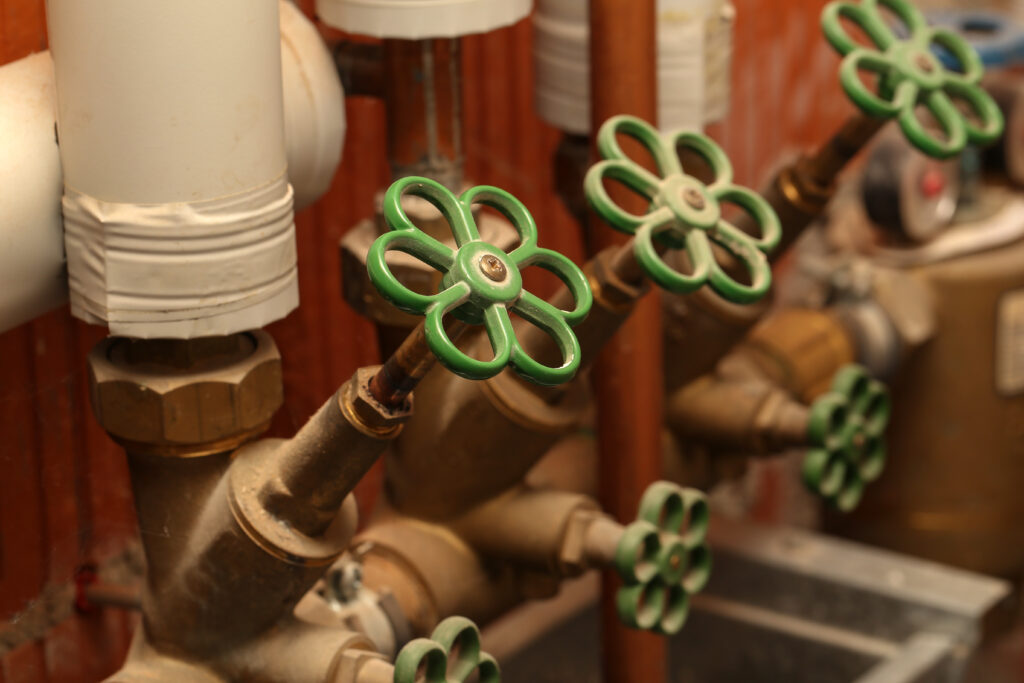Green Plumbing: 5 Eco-Friendly Practices for a Sustainable Home

As more people become aware of the impact that human activities have on the environment, the demand for eco-friendly products and practices has increased. This includes plumbing systems and practices in homes. Traditional plumbing methods can be wasteful and harmful to the environment, but with some simple changes, you can make your home’s plumbing more sustainable. In this article, we will discuss 5 green plumbing practices that can help reduce your carbon footprint and promote a healthier planet.
Install Low-Flow Fixtures
One of the easiest ways to make your home’s plumbing more eco-friendly is by installing low-flow fixtures in your bathroom and kitchen. These fixtures use less water without compromising on performance, making them an ideal choice for sustainable homes.
Low-flow showerheads, faucets, and toilets are designed to use less water than traditional fixtures by incorporating features such as aerators and flow restrictors. These devices mix air with the water, reducing the overall amount of water used without affecting pressure or spray intensity. By switching to low-flow fixtures, you can save thousands of gallons of water each year, which translates to significant savings on your water bill and reduces strain on local water supplies.
You can also consider installing a greywater system, which recycles and reuses wastewater from sinks, showers, and washing machines for other purposes such as watering plants or flushing toilets. This not only helps to conserve water but also reduces the amount of wastewater that ends up in treatment facilities.
Fix Leaks Promptly
According to the Environmental Protection Agency, an average household can waste up to 10,000 gallons of water each year due to leaks. Not only do leaks increase your water bill, but they also contribute to unnecessary water wastage and strain on local resources. Therefore, it is important to regularly check for and fix any leaks in your home’s plumbing system. This includes checking for leaks in faucets, toilets, and pipes, and promptly repairing or replacing them if needed.
Insulate Your Pipes
Insulating your pipes is another simple yet effective way to make your home’s plumbing more eco-friendly. When hot water travels through uninsulated pipes, it loses heat along the way, resulting in wasted energy and money. By insulating your pipes, you can prevent heat loss and reduce the amount of energy needed to heat water for everyday activities such as showering or washing dishes. You can use pipe insulation sleeves or tape to cover exposed hot water pipes, which is not only environmentally friendly but also helps to save on your energy bills.
Use Natural Cleaning Products
Many traditional cleaning products contain harsh chemicals that not only harm the environment but also corrode pipes and fixtures over time. To make your plumbing more eco-friendly, opt for natural cleaning products instead. These can include homemade solutions using ingredients like vinegar, baking soda, or lemon juice which are safer for both your family and the environment. Additionally, you can use biodegradable and environmentally friendly drain cleaners to prevent clogs without damaging your pipes.
Consider a Tankless Water Heater
Traditional water heaters store hot water in large tanks, which means that energy is constantly being used to keep the water hot even when it’s not being used. A tankless water heater only heats water as needed, which reduces energy consumption and costs. They also have a longer lifespan than traditional water heaters, which means less waste in the long run. While tankless water heaters may require a higher upfront investment, they are more efficient and can save you money in the long term.
Conclusion
By implementing these 5 green plumbing practices, you can make your home’s plumbing system more environmentally friendly and reduce your carbon footprint. Not only will this benefit the planet, but it can also save you money in the long run through reduced water and energy bills. Remember, every small change counts towards creating a more sustainable future for generations to come. Let’s all do our part in promoting eco-friendly practices, starting with our own homes!




